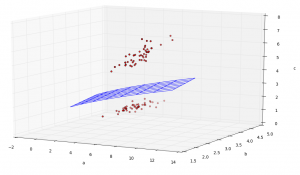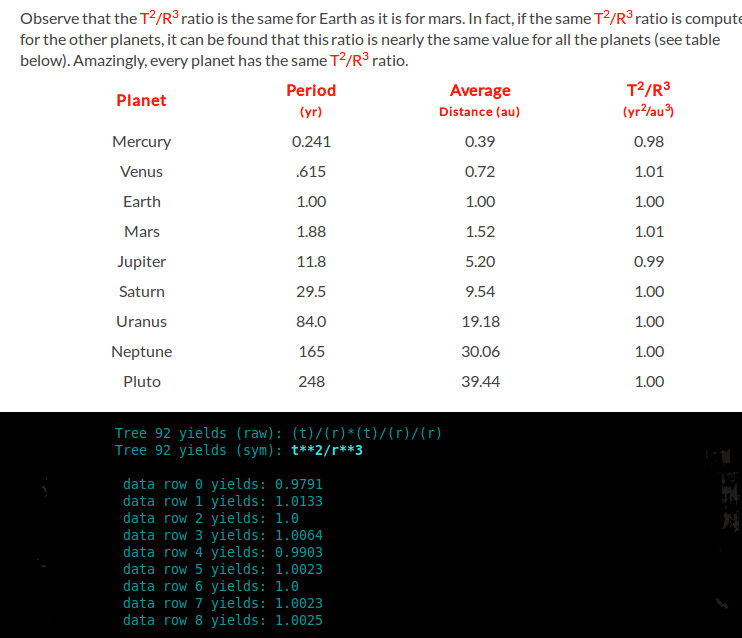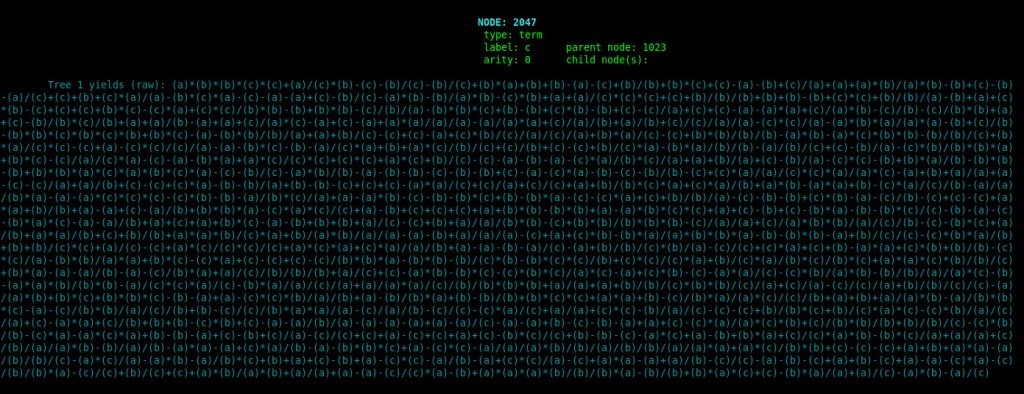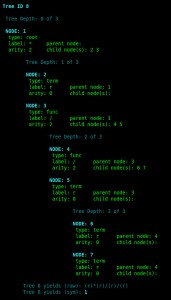Return to Floating point hell
(sitting at SKA again)
No choice but to return to floating points again as once in every several thousand trees, the fitness score stored has expanded beyond the set 4 floating point places, resulting in something like n.123456e (scientific notation).
I have searched on-line, dug deep into Stackoverflow, and asked my colleagues. No one has a means by which I can define a variable as a fixed number of floating points (to the right of the decimal) that stays that way. Ugh!
I therefore introduced a second round function in the Tournament method, to force the numbers back into spec. I have not since experienced the same error. This is not the ideal solution as the round function introduces its own issues, but for the sake of GP, it does the trick.
I then approached the issue of plotting 2D and 3D data, but hit a major mental block. Like an old engine with leaky coolant, my brain overheated and I had a bad day. Sorry Arun, I was really grumpy.



